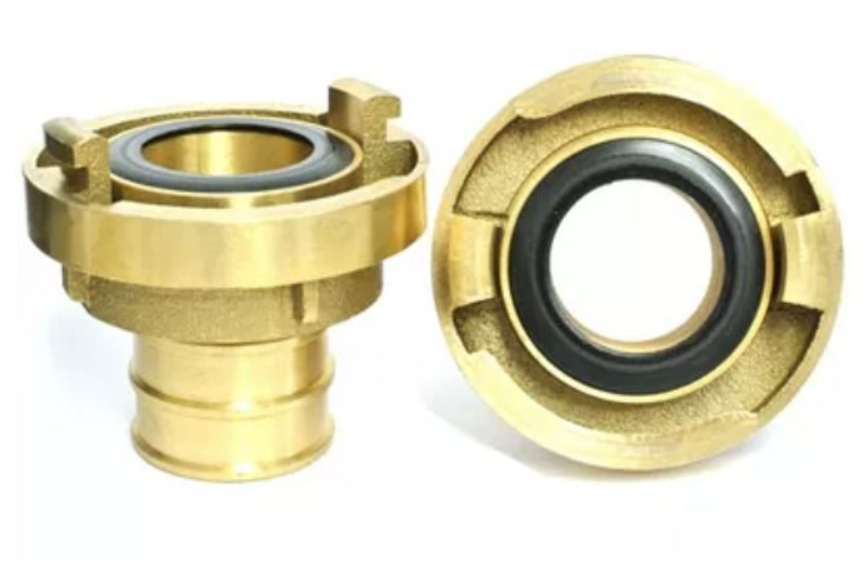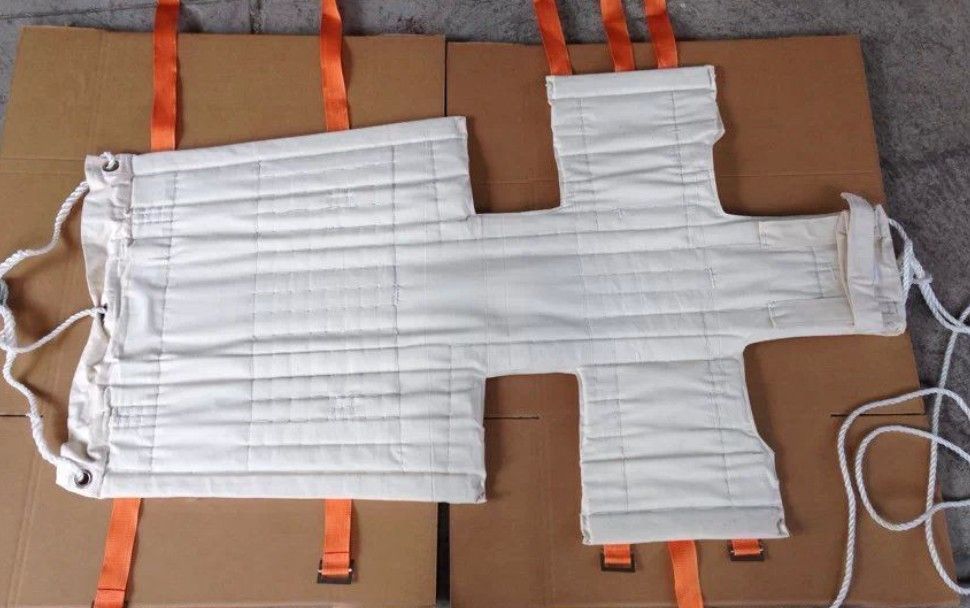How Accurate Are Modern Breath Analyzers for Alcohol Testing?
When it comes to responsible driving and workplace safety, accuracy matters. That is where breath analyzers for alcohol testing come into play, devices designed to provide reliable insights into blood alcohol concentration (BAC). Yet, not all breath analyzers are created equal, and understanding how they work, what affects their accuracy, and how to choose the right one can make a world of difference.
At Seaonbag, based in the United Arab Emirates, we take precision seriously. Whether you are a law enforcement agency, a business owner, or an individual committed to safety, we believe in offering tools that deliver dependable results when it counts. Let’s check into the science, the variables, and the trustworthiness behind modern breath analyzers and discover why accuracy is at the core of what we do.
The Science Behind Breath Analyzers
How Breath Analyzers Measure Alcohol
Modern breath analyzers for alcohol testing operate on a simple yet fascinating principle: they measure the amount of alcohol vapor in a person’s breath and correlate it to the alcohol concentration in their blood. When alcohol is consumed, it enters the bloodstream and is eventually expelled through the lungs. By analyzing this expelled air, breath analyzers can estimate the BAC with surprising accuracy.
The Technologies That Drive Accuracy
Most professional and consumer-grade breath analyzers rely on one of two sensor technologies:
1. Semiconductor Sensors:
These sensors detect alcohol by measuring changes in electrical conductivity. While affordable and compact, they are generally more sensitive to environmental factors such as humidity and temperature. Semiconductor models are ideal for personal use but may require frequent calibration to maintain accuracy.
2. Fuel Cell Sensors:
Fuel cell technology represents the gold standard for accuracy and reliability. These sensors use an electrochemical reaction to oxidize alcohol molecules, generating an electrical current directly proportional to the BAC. Fuel cell analyzers, like our AlcoScan AL6000, deliver consistent readings and are widely used by law enforcement and workplace safety programs.
At Seaonbag, we recommend fuel cell-based devices for anyone who values precision, consistency, and professional-grade reliability.
Factors That Influence Accuracy
Even the best technology can be affected by external factors. To achieve accurate readings, it is important to understand what can impact the performance of a breath analyzer.
Calibration and Maintenance
Just like any precision instrument, breath analyzers require regular calibration. Over time, the internal sensors can drift, leading to slight inaccuracies. By following a manufacturer-recommended calibration schedule, we can maintain long-term consistency. At Seaonbag, we always advise our clients to adhere to these intervals to guarantee reliability.
User Technique and Preparation
The way we use a breath analyzer plays a crucial role in the results. Inhaling deeply and providing a steady, continuous breath helps the device sample air from deep within the lungs, where the alcohol concentration most accurately reflects BAC. We also suggest waiting at least 15–20 minutes after drinking, smoking, or eating before testing to avoid residual mouth alcohol that could skew results.
Environmental Factors
Temperature, altitude, and humidity can influence sensor behavior. For example, high heat or excess moisture can slightly affect readings. Our devices are designed to compensate for these conditions, but it is still best to test in a controlled environment whenever possible.
Interfering Substances
Certain substances, such as mouthwash, breath sprays, and some medications, can contain small amounts of alcohol or other volatile compounds that mimic alcohol’s chemical signature. We recommend avoiding these for at least 20 minutes before using your analyzer to minimize false positives.
How Reliable Are the Results?
The Gold Standard: Fuel Cell Technology
Among professionals, fuel cell-based breath analyzers are considered the most dependable. Devices like our AlcoScan AL6000 use platinum electrodes that react exclusively to alcohol, providing readings that are consistent and repeatable. These devices are so reliable that they are commonly used by police and transportation safety authorities worldwide.
Compared to Blood Tests
While breath analyzers offer a convenient, non-invasive way to measure alcohol levels, they are still an estimate. Blood tests remain the ultimate reference standard for legal and medical determinations. However, the difference between a well-calibrated fuel cell analyzer and a lab blood test is typically minimal, often within a 0.01% BAC range. That is why we stand by our devices as practical and dependable tools for responsible alcohol monitoring.
Legal and Workplace Use Cases
Law Enforcement and Roadside Testing
In law enforcement, breath analyzers are the first line of defense against impaired driving. When properly maintained and operated, they deliver admissible evidence that can determine intoxication levels on the spot. Fuel cell devices are particularly valued for their stability and resistance to interference.
Workplace and Personal Safety
Across industries, from construction and aviation to logistics, alcohol screening is essential for maintaining safety standards. Businesses rely on breath analyzers to monitor employees’ fitness for duty and prevent accidents. For individuals, these devices serve as a responsible choice before getting behind the wheel or operating machinery.
At Seaonbag, we are proud to support both organizations and individuals who prioritize safety through technology they can trust.
Common Misconceptions About Breath Analyzers
Despite their widespread use, several myths still surround breath analyzers.
“All Devices Are the Same.”
Not true. Cheap, uncalibrated models often rely on less reliable semiconductor sensors. Investing in certified devices, like those we offer, guarantees consistent accuracy and longevity.
“Breath Analyzers Always Match Blood Tests.”
While close, breath readings estimate blood alcohol concentration based on ratios that can vary by individual physiology. Small variances are expected and typical.
“Environmental Conditions Do Not Matter.”
In reality, environmental conditions such as extreme temperature or high humidity can slightly influence readings. Our devices are designed to minimize these effects, but users should still be mindful of testing environments.
Secondary Use: Safety Beyond Alcohol Testing
We believe that safety does not stop at accurate readings. It applies to how we create safer spaces for families, workers, and communities.
The Future of Alcohol Detection Technology
The world of alcohol testing is evolving rapidly. We are seeing innovations that integrate digital tracking, Bluetooth connectivity, and mobile applications that record and store data in real time. These next-generation devices provide greater convenience and accountability for individuals and organizations alike.
At Seaonbag, we are continually exploring new technologies that refine accuracy, portability, and ease of use, because precision is not just a feature; it is a responsibility. We are committed to advancing alcohol detection solutions that uphold the highest standards of reliability and user confidence.
How to Choose the Right Breath Analyzer
When selecting a device, we always consider the following:
- Purpose of Use: Are you testing for personal safety, workplace compliance, or law enforcement verification?
- Sensor Type: Fuel cell sensors are ideal for accuracy; semiconductor sensors suit casual users.
- Calibration Requirements: Choose a device with accessible calibration options or authorized support.
- Certification: Look for products that meet international accuracy standards, such as DOT or CE approval.
Our AlcoScan AL6000 model, available through our website, remains a customer favorite for its balance of reliability, design, and proven track record.
Accuracy You Can Trust
Modern breath analyzers for alcohol testing have come a long way from early prototypes. With fuel cell technology, rigorous calibration, and user-friendly design, these devices now deliver results we can rely on with confidence.
At Seaonbag, we believe that accurate alcohol testing is not just about compliance; it is about accountability, safety, and making informed decisions. Whether you are testing for personal responsibility, workplace safety, or public enforcement, precision matters every time.








